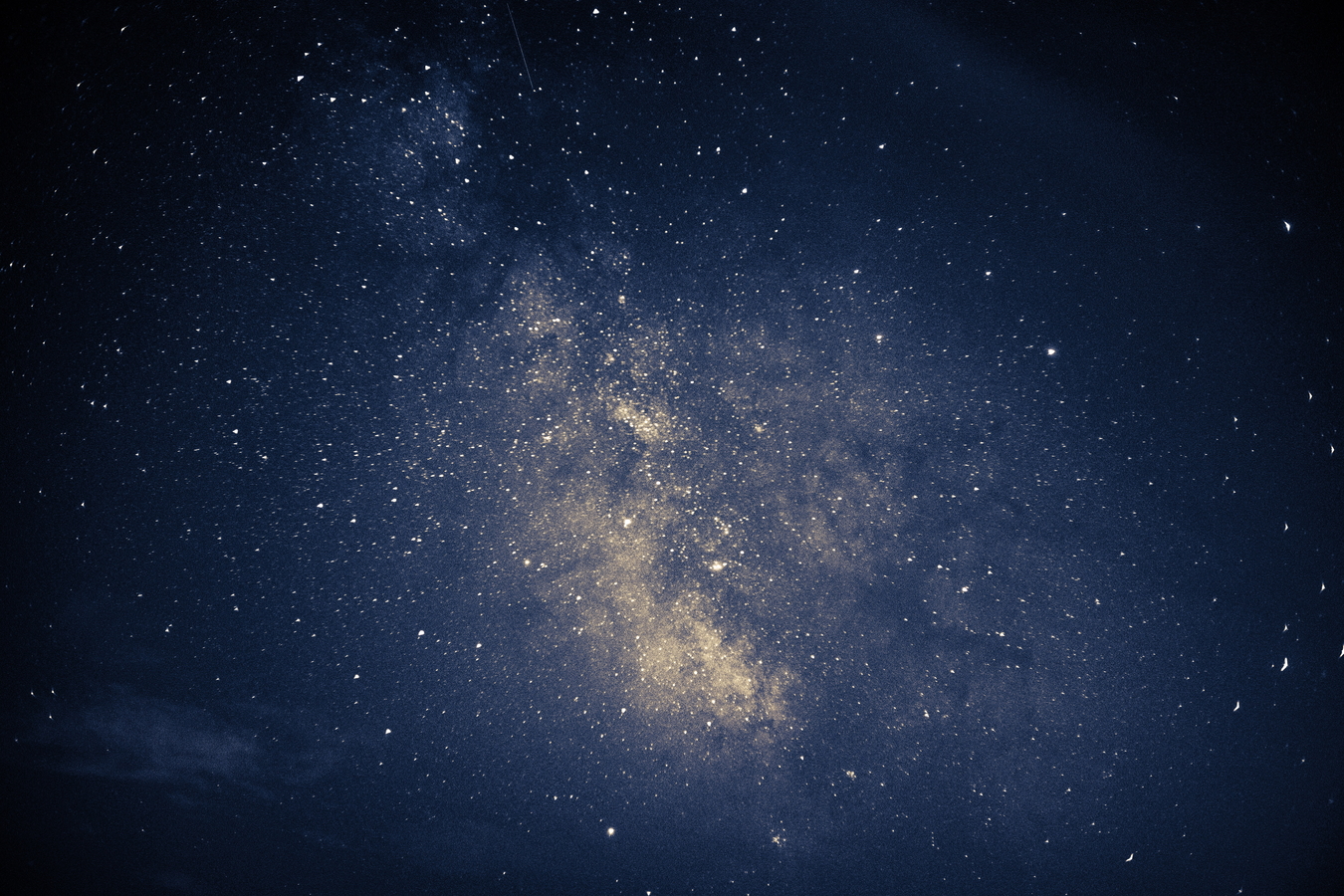Overview
Signatures from massive stars during the formation, evolution, and supernova epochs offer valuable insights into stellar and galactic evolution. At high redshifts, stars typically form in extremely massive star clusters. Understanding the radiation-gas interactions in these globular-clusters-to-be may provide clues into the puzzling multiple stellar populations observed in present globular clusters. In addition, recent transient surveys have revealed peculiar observational diversities that challenge our theoretical understanding connecting progenitor systems and their supernova explosions. Given the breadth of complex physics involved, reliably decoding observations of massive stars oftentimes requires multi-dimensional and multi-physics simulations. In this talk, I will discuss three projects covering the lives of massive stars: a radiation transport study of a strongly lensed young star cluster at z = 2.4, a suite of 3D red supergiant models exhibiting energetic pre-supernova outbursts, and a machine learning framework capable of predicting the explosion outcomes of core-collapse supernova simulations. Current and next-generation facilities — ALMA, JWST, Roman Space Telescope, Vera Rubin Observatory, etc. — will revolutionize our understanding of massive stars with exquisite data. It is timely to devise a systematic approach to interpreting observational data. To this end, I will give an overview of a software pipeline under development designed to simulate core-collapse supernovae from core-bounce to shock breakout.
